

Shrilk

Shrilk is a compostable material inspired by the insect cuticle and made from discarded shrimp shells and proteins derived from silk.

Shrilk is thin, clear, flexible, and strong as aluminum at half the weight. The structure of Shrilk is based in the design and components of the insect cuticle, being an alternative to non-degradable polymers and medical implants.

Shrilk is produced as films, which can be deposited on patterned molds to impart a specific patterning to the surface, and being able to tune or switch the elasticity allows simple engineering of 3D structures.

Vantablack

is a substance made of carbon nanotubes[1] and is the blackest substance known, absorbing up to 99.965% of radiation in the visible spectrum.[2] Exclusive rights of Vantablack for artistic use have recently been given to the artist Anish Kapoor

Vantablack is composed of a forest of vertical tubes which are "grown". When light strikes vantablack, instead of bouncing off, it becomes trapped and is continually deflected among the tubes, eventually becoming absorbed and dissipating into heat.
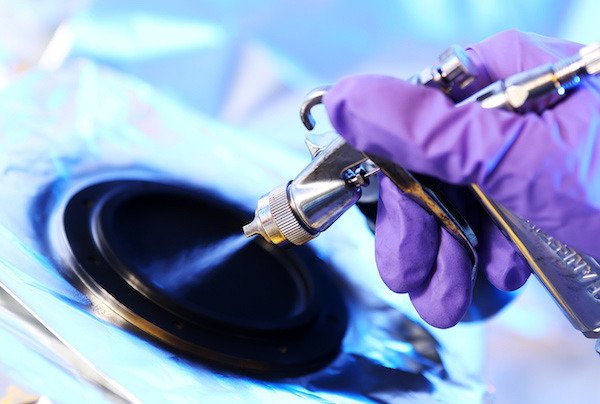
Vantablack was an improvement over previous similar substances developed at the time. Vantablack absorbs 99.965% of visible light. Also, this new material can be created at 400 °C (752 °F); NASA had developed a similar substance that could be grown at 750 °C (1,380 °F). Vantablack can be grown on materials that cannot withstand higher temperatures.

Aerogel

is a synthetic porous ultralight material derived from a gel, in which the liquid component of the gel has been replaced with a gas. The result is a solid with extremely low density] and low thermal conductivity.

Aerogel was first created by Samuel Stephens Kistler in 1931, as a result of a bet[citation needed] with Charles Learned over who could replace the liquid in "jellies" with gas without causing shrinkage.[5][6]

Aerogels are produced by extracting the liquid component of a gel through supercritical drying. This allows the liquid to be slowly dried off without causing the solid matrix in the gel to collapse from capillary action, as would happen with conventional evaporation. The first aerogels were produced from silica gels.

Plástic Synthetic that Self-Repair

Illinois researchers have developed materials that not only heal, but regenerate. Until now, self-repairing materials could only bond tiny microscopic cracks. The new regenerating materials fill in large cracks and holes by regrowing material.

We have demonstrated repair of a nonliving, synthetic materials system in a way that is reminiscent of repair-by-regrowth as seen in some living systems," said Moore, a professor of chemistry
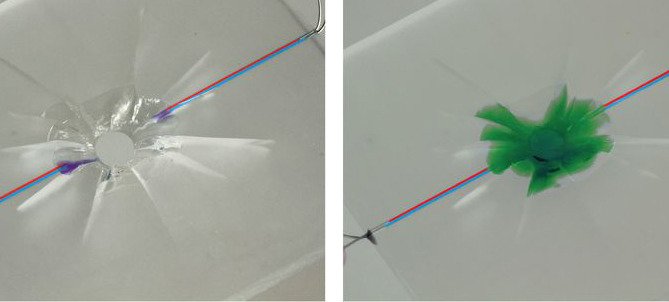

Nanocellulose

There are so many good things to say about nano-crystalline cellulose, it's hard to know where to begin.

It's lightweight, it conducts electricity, it's strong as Kevlar, it's not harmful to humans, and it's made cheaply from a resource we've got in spades.

And as of July, it's being produced at a Wisconsin factory run by the U.S. Forest Service's Forest Products Laboratory, the third of its kind and the first in the United States.

Airgel

is an allotrope of carbon in the form of a two-dimensional, atomic-scale, honey-comb lattice in which one atom forms each vertex. It is the basic structural element of other allotropes, including graphite, charcoal, carbon nanotubes and fullerenes.

It can also be considered as an indefinitely large aromatic molecule, the ultimate case of the family of flat polycyclic aromatic hydrocarbons.


Graphene

is an allotrope of carbon in the form of a two-dimensional, atomic-scale, honey-comb lattice in which one atom forms each vertex.

Graphene has many extraordinary properties. It is about 100 times stronger than the strongest steel. It conducts heat and electricity efficiently and is nearly transparent

Graphene also shows a large and nonlinear diamagnetism,[4] even greater than graphite, and can be levitated by Nd-Fe-B magnets.


perovskite

is a calcium titanium oxide mineral composed of calcium titanate, with the chemical formula CaTiO3. The mineral was discovered in the Ural Mountains of Russia by Gustav Rose in 1839 and is named after Russian mineralogist Lev Perovski (1792–1856)
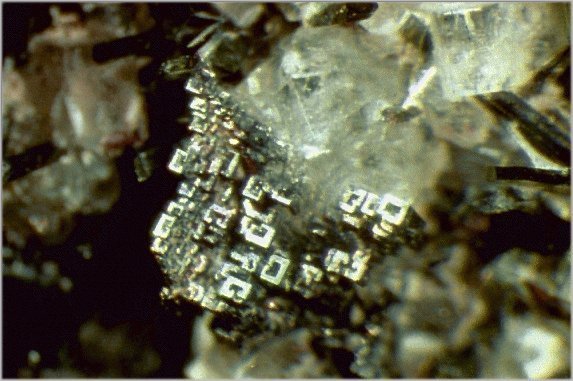
The stability of perovskite in igneous rocks is limited by its reaction relation with sphene. In volcanic rocks perovskite and sphene are not found together, the only exception being in an atindite
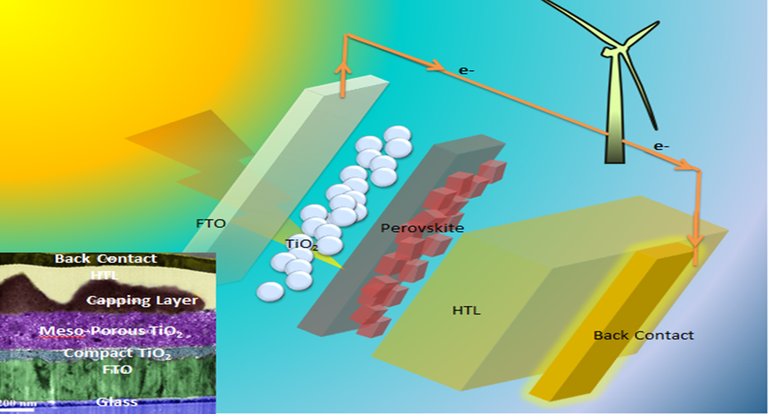
Perovskite is found in contact carbonate skarns at Magnet Cove, Arkansas, in altered blocks of limestone ejected from Mount Vesuvius, in chlorite and talc schist in the Urals and Switzerland, and as an accessory mineral in alkaline and mafic igneous rocks, nepheline syenite, melilitite, kimberlites and rare carbonatites.


Bismuth

has been known since the fifteenth century. In 1753, French chemist Claude Geoffroy the Younger established that it was an element in its own right rather than a form of lead.
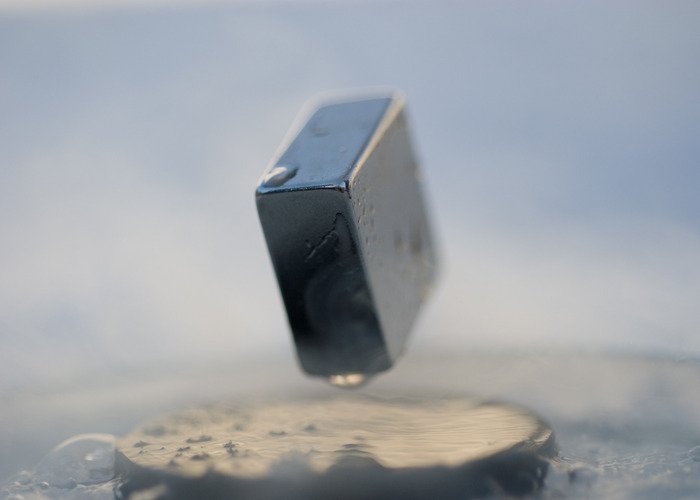
Bismuth is considered to be stable, although it is actually radioactive with an extremely slow rate of decay


Nitinol

metallurgy a metal alloy of nickel or titanium that has shape memory, meaning it returns to its original shape upon reheating after being deformed


Source: https://en.wikipedia.org/wiki/Shrilk Source: https://en.wikipedia.org/wiki/Vantablack


Source: https://en.wikipedia.org/wiki/Shrilk Source: https://en.wikipedia.org/wiki/Vantablack
Not indicating that the content you copy/paste is not your original work could be seen as plagiarism.
Some tips to share content and add value:
Repeated plagiarized posts are considered spam. Spam is discouraged by the community, and may result in action from the cheetah bot.
Creative Commons: If you are posting content under a Creative Commons license, please attribute and link according to the specific license. If you are posting content under CC0 or Public Domain please consider noting that at the end of your post.
If you are actually the original author, please do reply to let us know!
Thank You!